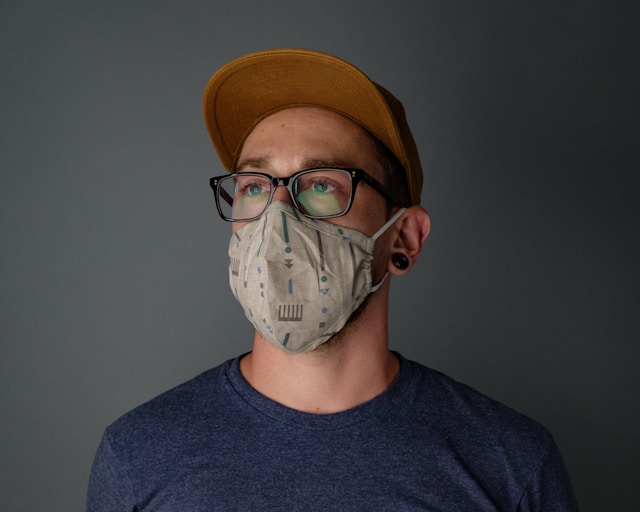Mold Remediation in Long Island: What Homeowners Need to Know to Stay Safe and Protected
May 12, 2025
When dealing with mold in your Long Island home, it’s crucial to act promptly and hire licensed professionals to ensure your health and the structural integrity of your home remain safe. Mold thrives in high humidity and water-damaged areas, and types like Acremonium, Alternaria, and Aspergillus can cause serious health issues. Look for signs like musty odors, visible growth, and increased allergy symptoms. New York State law requires licensed professionals for mold remediation to prevent further health risks and fines. The process includes initial inspection, containment, air filtration, and removal of infested materials. To stay protected, control indoor humidity, enhance ventilation, and address leaks promptly. For a comprehensive guide on how local experts handle mold remediation in Long Island and tips on choosing the right company, continue to explore the strategies tailored for Long Island homeowners.  Understanding Mold: A Hidden Threat in Long Island HomesMold is a frequent and insidious threat in Long Island homes, often lurking in the shadows and awaiting the perfect conditions to thrive. High humidity, flooding, and water damage create an ideal environment for various types of mold to grow, including Acremonium, Alternaria, Cladosporium, and Aspergillus. These molds can appear in different forms and colors, and many produce spores that spread through ventilation systems. Acremonium can cause respiratory issues, Alternaria is known to trigger allergies, and Cladosporium may appear on damp building materials or fabrics. A thorough mold inspection in Nassau County can identify contamination early and help prevent long-term structural and health damage. Professional services use modern equipment and EPA-approved methods to handle remediation safely and effectively. Common Signs You May Have a Mold ProblemIf you’ve noticed any unusual odors, discolorations, or health issues in your home, mold may be the culprit. Key signs include:
Any of these signs may indicate hidden mold growth. Timely inspection and action can help you avoid expensive repairs and health risks. Why Mold Removal Requires Licensed ProfessionalsNew York State mandates that mold remediation be conducted by licensed professionals to ensure safety and regulatory compliance. Licensed mold contractors complete required training and must follow strict standards outlined in Article 32 of the New York State Labor Law. This includes:
Hiring an unlicensed provider can result in fines and ineffective cleanup. Always work with trained, certified experts for peace of mind and long-term safety. What to Expect During a Mold Remediation ProcessThe remediation process includes several structured steps:
This process ensures that your home is properly treated and mold does not return. Prevention Tips: Dehumidification, Ventilation, and MaintenanceOnce your home is mold-free, proactive prevention is key:
These steps will help minimize the risk of recurring mold problems. How Long Island Mold Removal Approaches Each CaseProfessional mold services begin with thorough inspection and testing to identify mold type and scope. Containment and filtration follow to prevent spread during treatment. Remediation includes:
This structured approach ensures complete mold elimination and compliance with state health and safety guidelines. Local Expertise: Why Regional Knowledge MattersLong Island’s coastal location and seasonal humidity present unique mold challenges. Local professionals:
Choosing a local company ensures both expertise and responsiveness. Final Tips for Choosing a Mold Remediation CompanyBefore hiring:
A professional and experienced mold remediation company will prioritize your health, your home’s safety, and long-term mold prevention. |
|